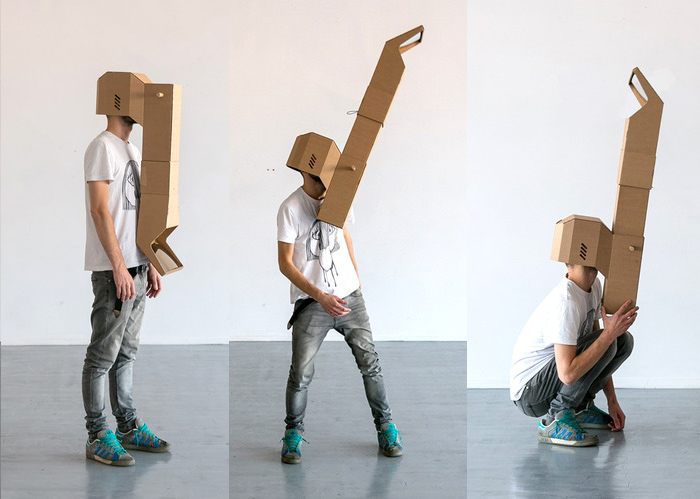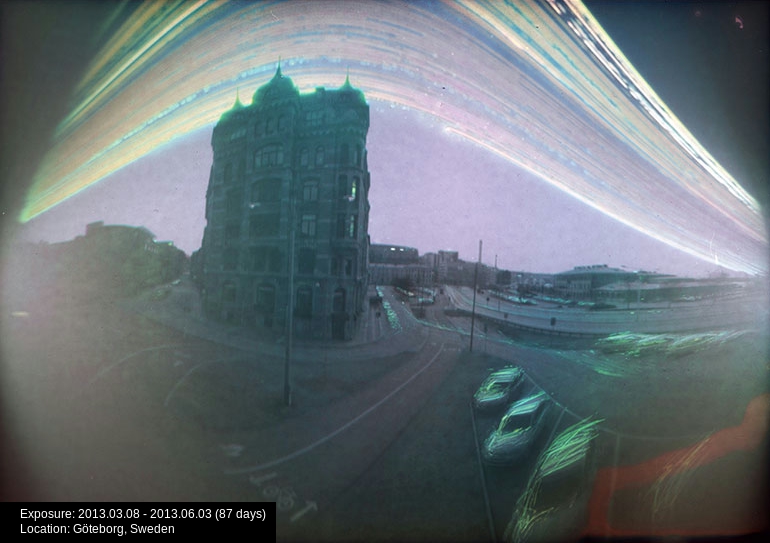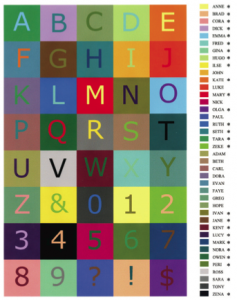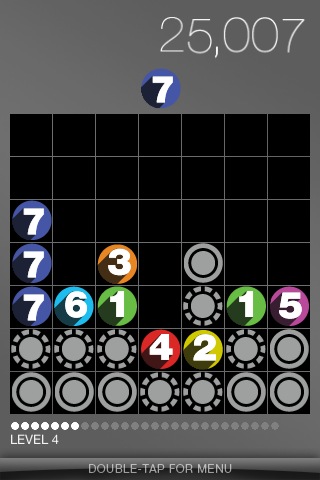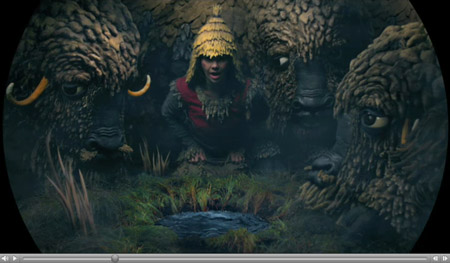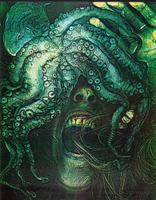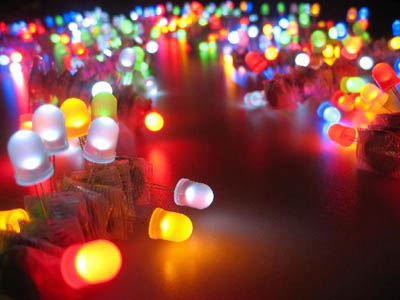
Andy James works with Chautauqua students, including Shayla Malm, left, during a recent music class. Photo by Elizabeth Shepherd
My friend Andy James teaches elementary school on Vashon Island, a rural community a short ferry ride from Seattle. He’s got a real passion for teaching, and my conversations with him about it always leave me inspired. His latest project is no exception: faced with a new role as music teacher, he decided the thing to do would be to get the kids to compose, perform and record an entire album. And they did it. Not just any album, mind you: a concept album made entirely of original songs written by the kids, based on a South American folk story called “The Whistling Monster”. Now they’re selling the CD to raise funds for the school (and in the process help save Andy’s job, which like many teachers’ is on the chopping block). I haven’t heard the music yet, but if I know Andy it’ll be worth a listen!
The whole operation is pretty low-tech, so as of now you can’t buy the CD online. Update: Chautauqua Elementary School has made the CD available online! You can order it here in MP3 form or as a physical disk. Take a listen, and leave a comment below if you’ve got anything to say!

